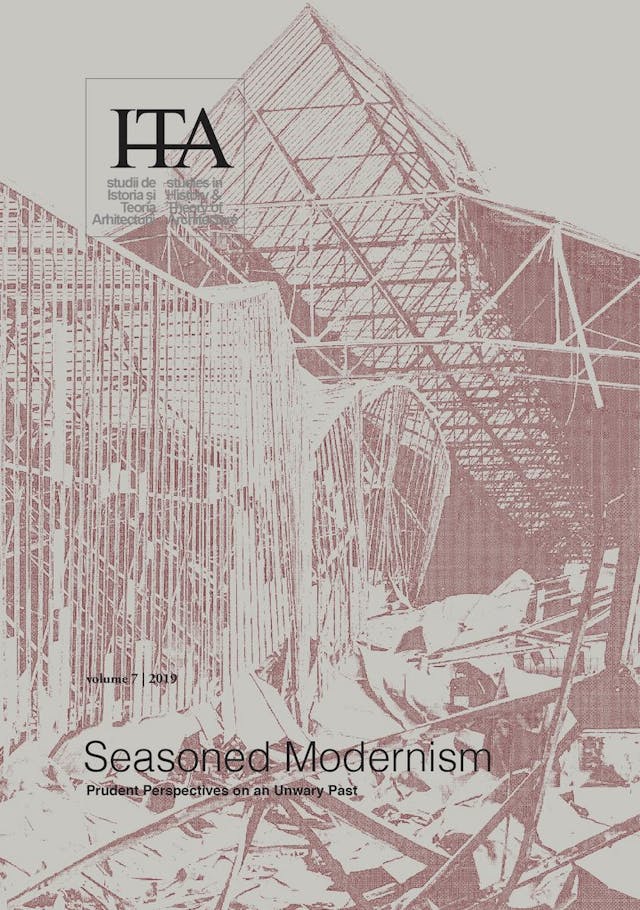Challenging Disregard:The Case of the Telecommunication Center in Skopje
Challenging Disregard:
The Case of the Telecommunication Center in Skopje
by
Ana Ivanovska Deskova
,
Vladimir Deskov
&
Jovan Ivanovski
Keywords
modernist heritage
endangered heritage
preservation
renewal
Brutalism
In 1963, Skopje suffered a catastrophic earthquake that left the city reduced to rubble. The post-earthquake renewal led by the UN propelled unprecedented international solidarity. Previously unknown, this peripheral city became a field of global cooperation and a laboratory for testing the latest urban and architectural paradigms. The process that, at its highest intensity, lasted less than 20 years resulted in the most powerful segment of Skopje’s recent architectural history.
During the past decades, Skopje underwent another transformation. The changes in the political, economic and cultural context led towards a generalized neglect of the recent architectural heritage, on the one hand, and on the other hand, towards a process of dramatic spatial remodeling.
By focusing on the example of the iconic Telecommunication Center designed by architect Janko Konstantinov, this paper intends to show how architectural preservation can sometimes assume the form of individual activism. Harboring an obsolete program and suffering systematical neglect, the Telecommunication Center can definitely be ascribed to the category of endangered heritage. This begs the question of how one can act when the social and aesthetic values of heritage are under attack; when the institutions are not only ignorant, but are at times in favor of this violent erasure of personal and collective history? How to demonstrate that a building is significant enough to be considered heritage? In a context that is strongly politically and ideologically driven, through a process of “experimental preservation,” the authors of this paper used the Telecommunication Center as a trigger for the larger revaluation process of modernist heritage.
Published in

Chicago citation style
DOI:
10.54508/sITA.7.14